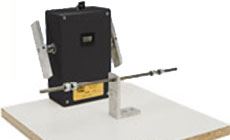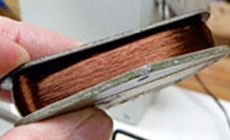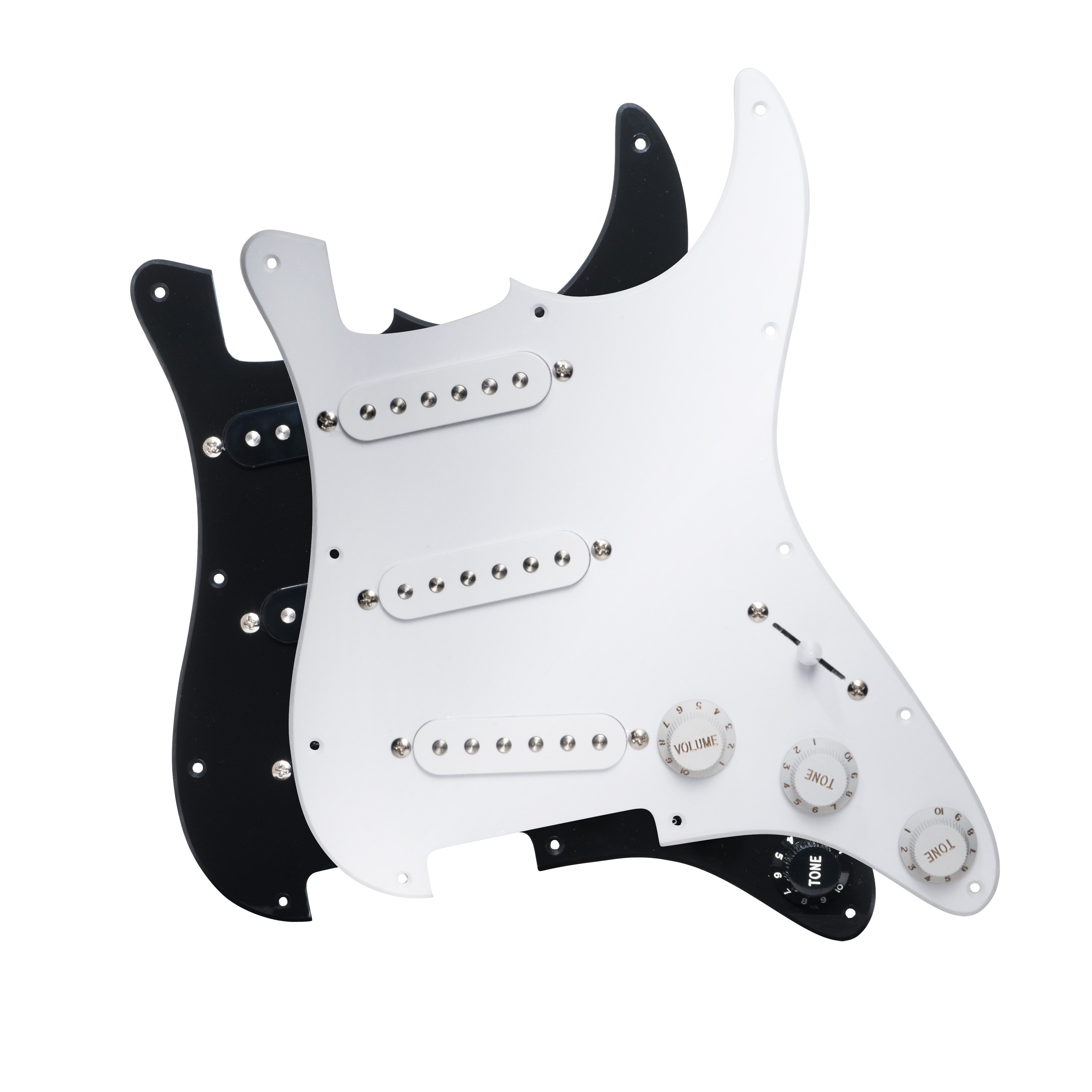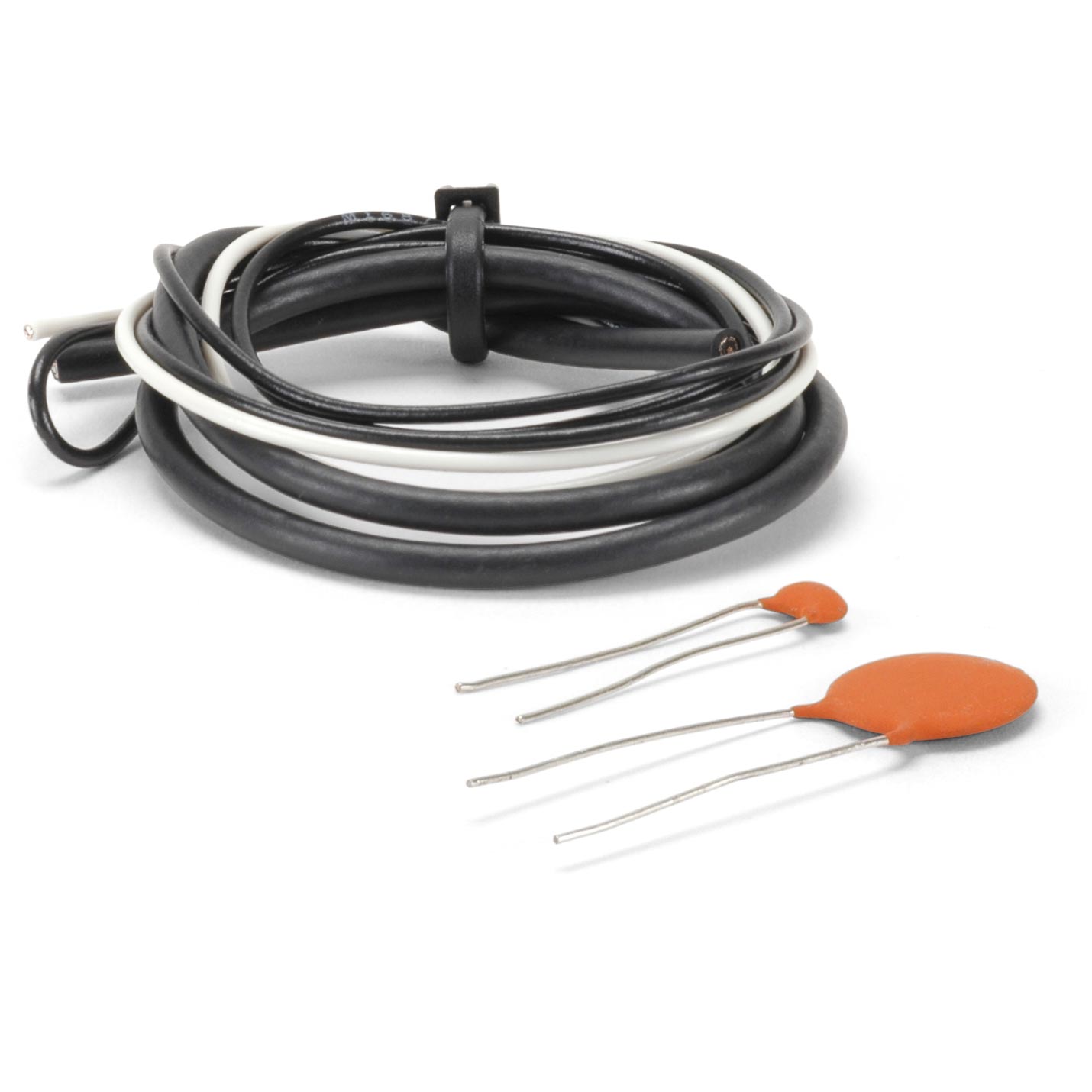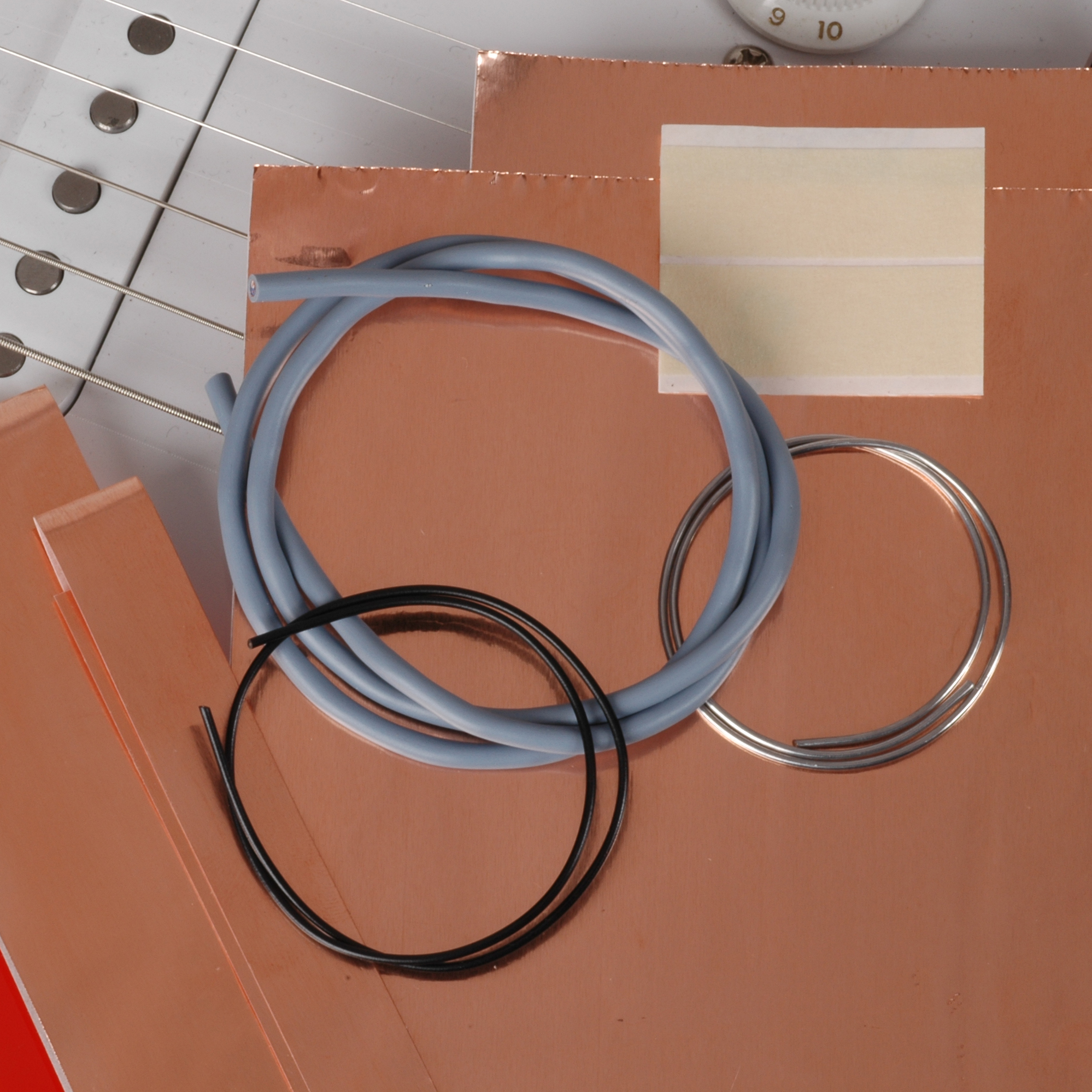Day of the Zombie: curing an undead Telecaster pickup
My friend Ed found this beautiful Tele with a factory installed Bigsby in the back room of a West Virginia music store. If only it sounded as good as it looks! The guitar sat for three years without any takers until Ed wandered in. He couldn't pass it up. Lately he’s been thinking it sounded a little thin in the treble position, but it had plenty of volume, so he didn’t worry about it. Then Ed’s bandmates told him he wasn’t sounding so good. That brought him into my shop pretty quick. I played the guitar for about an hour. Both pickups were working, and they had comparable output. But the bridge pickup did sound a bit thin. Was the sound I was hearing bright and Tele-like, or was it too thin and wimpy? I wasn’t sure. I decided to take a look under the hood to check it out with my multimeter. I didn't get a reading of any kind with my meter set in the standard 20K range. According to the meter, this pickup was dead. Yet it was still working! What the heck?! Before removing the pickup, I reheated the solder joints in a last-ditch hope that they simply went “cold” sometime in the last 42 years (oxidation caused by sweat or humidity can break down a solder joint, especially if the joint was questionable to begin with). No dice. These joints weren’t the problem. I removed the pickup by unsoldering it at the flatwork. This is a little trick we like to do to avoid unsoldering the original connections on the pots and switch. This is much less invasive and has less effect on the value of a vintage guitar. Curious about what was happening with this pickup I called Tom Brantley, who’s been doing vintage rewinds at Lindy Fralin Pickups for over a decade. Tom has pretty much seen it all. When I described my “living dead” pickup, Tom said if it were simply a matter of one of the coil winds shorting, my meter would have given me a low reading, which I sure wasn't getting. He then had me test the pickup with my meter set 20m to see what happened. The readout jumped higher than 15m, and bounced all over the place as the reading dropped from there. Tom said that, over time, coil wires can develop tiny fractures in their enamel coating that open the coil to corrosion, causing a mass of the wires to short against each other. He guessed I’d find that a massive short was causing the pickup to work abnormally: through capacitance rather than inductance. I needed to unwrap the coil and take a look. I carefully removed the string wrap that protects the coil. I noticed something odd right off the bat: this pickup was never potted. The string wasn't stiff and came off of the coil wire without sticking. Fender coils were potted by soaking in either lacquer or wax. I’m told some pickups snuck out of the factory unpotted, but I’d never met one of these in person before! With the string off, the coil looked clean. It was when I took the baseplate off that I started to see the problem. The polepieces have rusted considerably, staining the masking tape that helped hold them in place. Probably from sweat or humidity, or maybe from a reaction to the tape’s adhesive, this oxidation broke down the enamel coil coating. This seems like what Tom was describing. I unwound the coil by hand to see if I could uncover the damage. As I got down to the last third of the winds I found a powdery white buildup on the wire at the bottom of the bobbin. That was the clump of corroded wires that were causing the problem. The polepieces cleaned up easily for reuse, and the flatwork was fine other than the discoloration where the tape was. Pickup rewinding fees are typically $35.00-$50.00 per coil, so the Schatten pickup winder is a repair shop money maker. A quick trip to the winder, and this pickup was ready to go back in the guitar. I decided not to wax-pot the pickup, but instead left it unpotted as I’d found it. Potting reduces microphonics and feedback at high volumes, but Ed hadn’t had those problems (he plays the guitar in church). I kept this pickup as close as I could to its original, oddball self! I wired it up, and was glad to hear it had a brighter attack with much more meat to it than when Ed brought it in. Ed noticed the difference too, and after playing it awhile he sent me this e-mail: Hey Erick, Just wanted to let you know how pleased I am with the sound of my old Telecaster. It has its edge back, especially through my old Fender twin reverb. Now if I could just learn some new songs to play. Thanks so much! That’s the kind of thing a repairman loves to hear!This '67 Tele looks great and plays great, but it doesn't sound great. What's the problem?
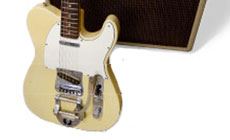
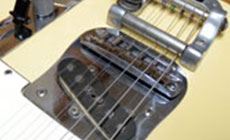
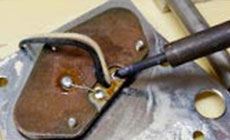
A zombie pickup?
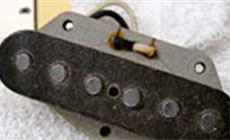
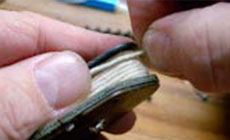
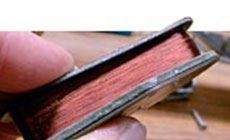
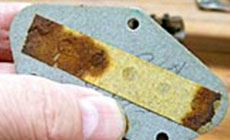
Add pickup winding to your shop’s services
